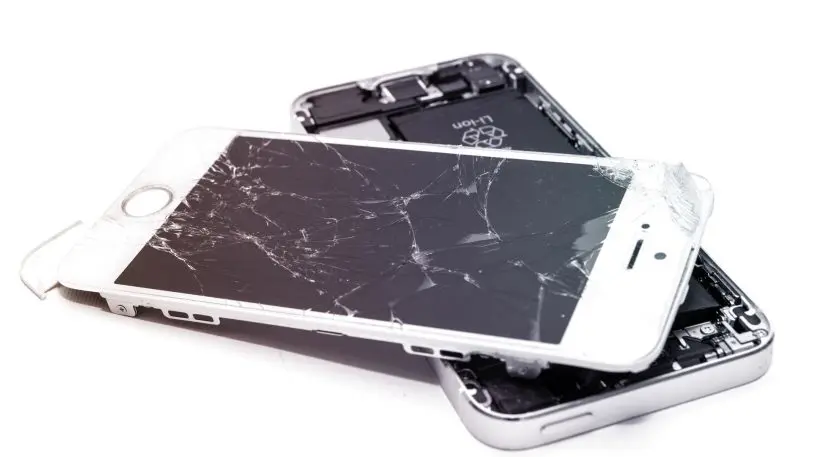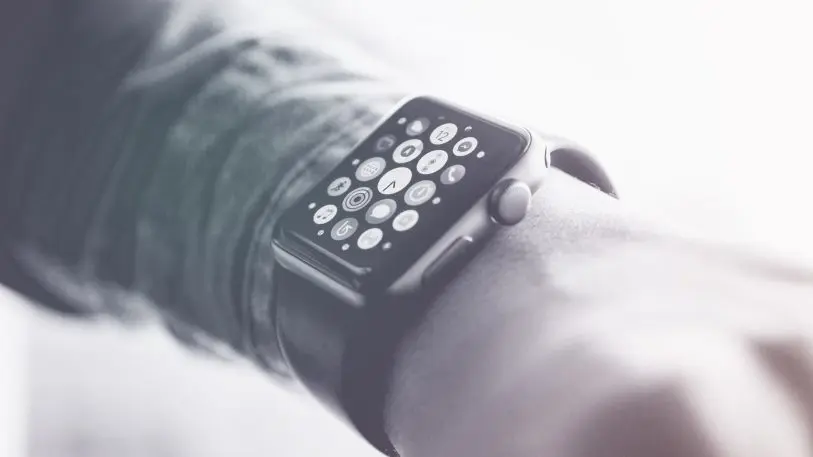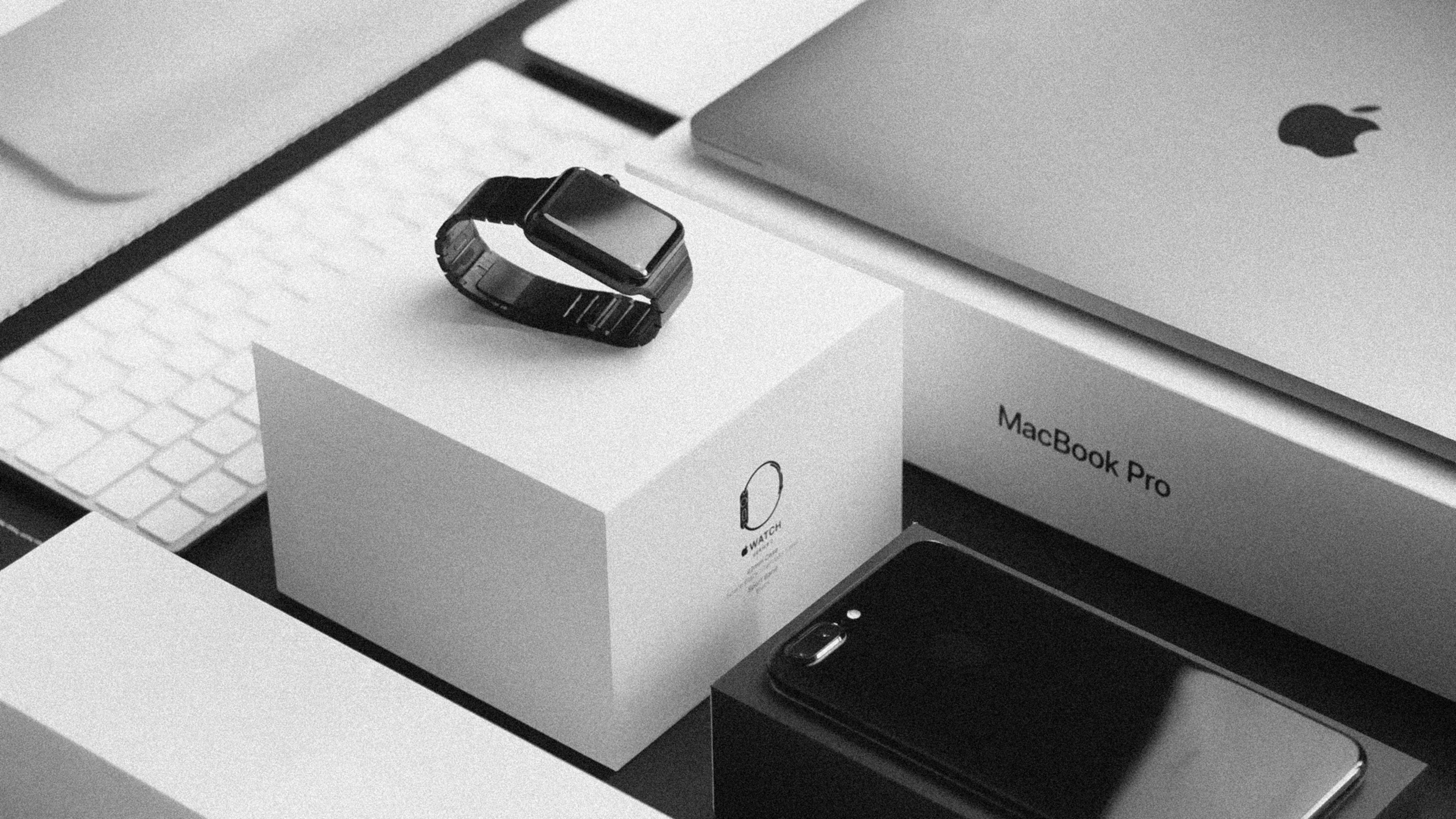In a lot of ways, Apple had a solid 2018. It hit a trillion-dollar valuation. It navigated a slowing market for iPhones. It stuck to its guns on data privacy. It kept its promise to create lots of jobs in the U.S. The company recently said it will build a new campus in Austin, Texas and add jobs in Seattle, Culver City, and San Diego. To its credit, Apple didn’t require that cities compete for those jobs in a very public bidding war, as Amazon did with its HQ2 quest.
But Apple also made a few moves during the year that will likely be seen as mistakes over the course of time. The prices of its products went way up across the board in 2018. Siri continued to exemplify Apple’s underperformance in artificial intelligence relative to companies such as Google and Facebook. And so on. Here are the five best and worst things Apple did in 2018:
What Apple got right
Remaining engaged with the White House
Yes, Apple does have a lot to lose from a bitter trade war with China. If things really got bad, the Trump administration could slap a big fat tariff on Apple products assembled in China–and almost all Apple products are assembled in China. This would come at an awful time for the company. It has been pushing the envelope on asking higher prices for its products–from the iPhone to the MacBook Pro to the iMac. Tariffs are always paid by customers, and a new tariff on Apple products could push some Apple buyers past the limits of their loyalty.
That’s why it’s a good thing that Tim Cook has not shut off communication with the Trump White House. Despite the fact that Donald Trump’s beliefs are antithetical to Apple’s values and the political mindsets of most of its employees, it’s Cook’s job to make sure the president knows the real harm that would be done with new tariffs. By staying away from Trump, Cook would put Apple on the sidelines.
Laying the groundwork for Augmented Reality
Augmented Reality applications on the iPhone and iPad are still pretty clunky. You have to pick up the devices and physically move them around to overlay digital content onto the real world as seen through the camera. But it won’t always be that way. Apple will likely one day release AR glasses, so the only required movement will be the natural movement of the user’s head.
What people don’t always give Apple credit for is actively setting the stage for that eventual hardware. It’s been doing so for quite some time. It launched its ARKit app development platform in 2016, and has been building AR experiences into pretty much every iOS device since then. ARKit apps and games already fill the App Store. And iOS 12 shipped with an impressively useful Measure app that allows you to measure (or level) pretty much anything in the room around you. There will be much more to come.
Hiring John Giannandrea
In April Apple made a marquee hire by luring away Google’s chief of AI and search John Giannandrea. Giannandrea is now leading Apple’s AI and machine learning group. He’ll report directly to Tim Cook, which gives some idea of the importance of his role and mission.
It’ll be Giannandrea’s job to fix Siri, which most AI watchers say has gotten better over the years but still lags far behind its peers–Amazon’s Alexa and Google’s Assistant–in functionality and general helpfulness. With his deep experience in AI, he’s enormously qualified to help define and carry out Apple’s vision for Siri. The job, however, will likely be made harder by Apple’s conservative approach to using user data to train the AI. But if anyone can liberalize that approach in the interest of making Siri more useful, it’s Giannandrea.
Bringing Apple Music to Amazon’s Echo speakers
This year Apple made the surprising move of making Apple Music available on Amazon’s Alexa-powered Echo devices. This is a very consumer-friendly move, especially for the millions of people who now own both an iPhone and an Echo speaker. While Apple competes with Amazon and Google in the smart speaker market, it’s also in a fierce battle with Spotify in the subscription music service market. Apple Music has about 56 million paying users versus Spotify’s 87 million. It could be that it’s now more important for Apple to get access to all those Alexa/Echo users than it is to keep Apple Music exclusive to its own HomePod smart speaker.
A new Apple Pencil
The first Apple Pencil, which came out in 2015, was fine, but a little bit minimalistic. Apple updated the product this year with the $129 Apple Pencil Second Generation, adding a much easier charging method (you just snap it magnetically it to the side of the iPad). You can also tap the side of the pencil to change things like shading modes. It was a big step up and especially useful for creatives who like the iPad.

What Apple got wrong
Making pretty much every product marketing error possible with the HomePod
Apple likes to talk about how it starts with the needs and wants of the consumer and then applies technology accordingly. Something must have gone sideways with that approach when it built the HomePod. Apple was right that people use smart speakers mainly for playing music, and it did build a great-sounding speaker, but it seems to have gotten everything else wrong. People also want lower-priced speakers, and like using digital assistants with broad functionality. They also want some flexibility in where they get services such as music. With the HomePod, however, consumers got a speaker with a limited digital assistant in Siri and hardwired connections to services such as Apple Music. And it sold for a high price Of $349.
What about those new AirPods?
There’s a lot to like about the first version of the AirPods, starting with their sound quality and the convenience of their charging case. But they’re not perfect. They aren’t always quick to detect when I’ve put them on. They’re not perfect at holding their connection to my Apple Watch when I’m out running–especially when they have less than 50% battery charge. And there’s so much that could be added: biometric sensors, noise cancellation, hands-free Siri, and wireless charging.
That’s why it’s odd that AirPods–arguably Apple’s most innovative new product in a decade–has gone almost two years without an update. Where is it? Does Apple want millions of people to buy AirPods as gifts this holiday season, then make everybody feel bad about it by announcing the second generation product in January?
I mentioned AirPods 2 will likely have wireless charging. It would be nice to be able to use that AirPower charging pad we’ve been hearing about for well over a year. Where is it?
Failing to announce an overarching plan for improving Siri
Apple held its annual WWDC developer conference in early June. Google, Microsoft, and Facebook had already held their equivalent events, and all of them spoke a lot about AI’s role in their products and overall corporate identity. Before WWDC, I remember hoping that Apple would begin to lay out a similar narrative around Siri. Like many Apple watchers, I hoped Apple could make Siri into a familiar, highly functional and personalized, digital assistant that would work in generally the same ways, with the same intelligence, across all Apple products.
Apple wasn’t ready to tell that story in early June. The company talked about specific applications of machine learning, but not about an overarching plan. Then again, Apple had hired John Giannandrea as its new AI chief only a couple of months earlier to lead AI efforts. I couldn’t help thinking at WWDC that Apple may have already waited too long.
Expecting people in India to conform their buying habits to Apple prices
When Apple released the iPhone X in 2017, it bet that people would pay more for premium smartphones–more than $1,000, in fact. And its optimism paid off, for the most part. It marked the beginning of a strategy of selling fewer phones, perhaps, but making more on each one.
But that strategy isn’t working everywhere. The Wall Street Journal’s Newley Purnell and Tripp Mickle report that in India, Apple has continued to sell a relatively small lineup of iPhones, and for very high prices by Indian standards, in a market where people are accustomed to paying less than $300 for a phone. The idea behind releasing the iPhone SE in 2016 was to address that preference, but the SE has now been discontinued. As a result, Canalys estimates that the number of iPhones shipped in India has dropped 40% year-over-year from 2017, and Apple’s market share in the country has dropped from 2% to 1%.
The Indian market holds huge potential for Apple. Like China, it was expected to be the source of new smartphone buyers, which have become hard to find in saturated markets like the U.S. and the U.K.
Making ECG a major selling point of the Watch
I’ll end with a controversial one. The new Apple Watch 4 can create an electrocardiogram, or ECG, which measures the electrical signals of the user’s heart. This is usually done in a doctor’s office with sensors attached to your chest. With the Watch, you just rest your finger on the Digital Crown. For most people, the ECG will render a “sinus” reading, or normal. But Apple says that the ECG can also detect signs of atrial fibrillation, which can be a sign of stroke.
The ECG has emerged as the most-talked-about new function of the Watch. This is worrisome. Larger displays and new exercise modes, for example, are mainstream features that wide swaths of people will care about. But an ECG reader is a specialty feature, meant for a subset of people who have heart issues. I have no doubt that the ECG reader will do some people good (and that we’ll hear all about it in the Apple press), but for many other people it might do more harm.
I’ve heard doctors say that the ability to take an ECG any time could lead to overuse or even obsessive checking by patients worried about their hearts. Even if the ECG itself works perfectly and yields no false positives it could end up raising anxiety levels, which could lead to problems.
The other problem with overusing thee ECG is the amount of extraneous biometric data it could create. Using the Watch, you can send your doctor the result of your ECG. Physicians are already overloaded with data without having to read a new Apple Watch ECG result every day from one patient or another.

Investors seem worried and conflicted about Apple at the moment, mostly on fears that iPhone sales growth is over. The company’s stock is way down right now; in fact, it’s dropped almost $70 (or 30%) from its 2018 highs in roughly seven weeks. And yet it was only in August that the company briefly hit a $1 trillion market cap.
One thing’s for sure: Apple will remain a fascinating company to watch. Next year will be pivotal as it navigates a post-peak-iPhone world.
Recognize your brand’s excellence by applying to this year’s Brands That Matter Awards before the early-rate deadline, May 3.
